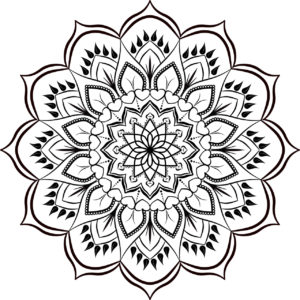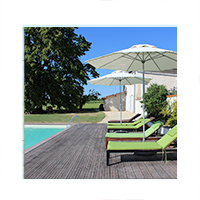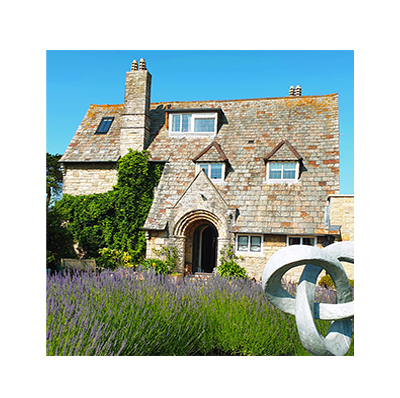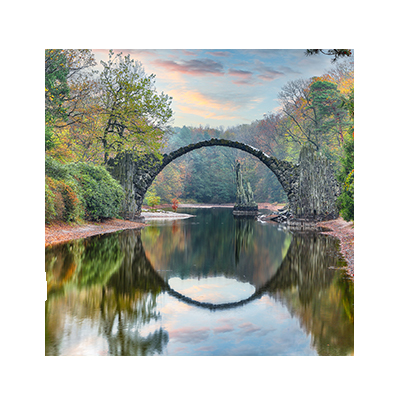 Overview
Overview
The Mandala (Sanskrit for ‘circle’ and also for ‘completion’) has a long history and is recognised for its deep spiritual meaning and representation of wholeness. Many people find the drawing or colouring of a mandala to be meditative. As they focus on colouring in the patterns of the form, they relax, their mind grows quiet, and they may enter into a spiritual space.
The very nature of drawing a mandala is therapeutic and symbolic. The shapes and colours you use will reflect your inner self at the time of creation. Psychoanalyst Carl Jung called the mandala ‘a representation of the unconscious self.’
The main thing to note about this tool is that it’s not about the final product, it’s about the journey; finding a creative way to express ourselves, and a relaxing way to be in the moment.
On the Process
After the Compassion session on the Tuesday morning, you went outside to complete with your parents and then experience your negative and positive grave. Once this was done, you came back inside to discover a stack of paper and colouring materials. You were invited to use these to express how you felt in the moment. The resulting picture was your Compassion mandala.
Using this tool Post-Process
Drawing, painting, colouring, modelling, collage or similar are all great ways to drop into the moment and reach a meditative state through creative expression. This experience can be enhanced by first spending time in nature, doing a Quad Check, or listening to a visualisation, all of which will assist you in connecting with your Spiritual Self.
To create a mandala:
- Draw a large circle on a piece of paper (or download one from here)
- Grab a box of crayons or pastels, follow your instinct and see what emerges on the page. Express yourself in whatever form feels natural in the moment.
- You may want to experiment by seeing what each part of your Quadrinity wishes to express. Give them free rein. What will your Intellect express? Your Emotional Self? Your Body? And finally, your Spiritual Self?
- Remember, don’t judge it, be open and curious as to what wants to be expressed today.
You might also try
- Collaging is another way to express yourself creatively. Flip through some magazines, notice which images you are drawn to and snip or tear them out. Then glue the pieces onto a piece of paper, letting your intuition guide you. This can also help with refining your Vision.
- Attend an art class and connect to your creative abilities. Try enjoying the experience just for itself, even if it’s a behavioural stretch for you.
- Colouring-in can be a relaxing part of your self-care toolkit. Buy a colouring book, or download images from a free image website like Pixabay and relax into the moment with your favourite colouring pens or pencils.
- Using modelling clay can be another form of creative expression, and can be repurposed for other tools like cathartic release work and fun, play and humour too. Use your whole body, your voice and intention to express as you work.
If you want to return to the Post Process homepage, click here.
To go back to the other Hoffman tools, click here.






